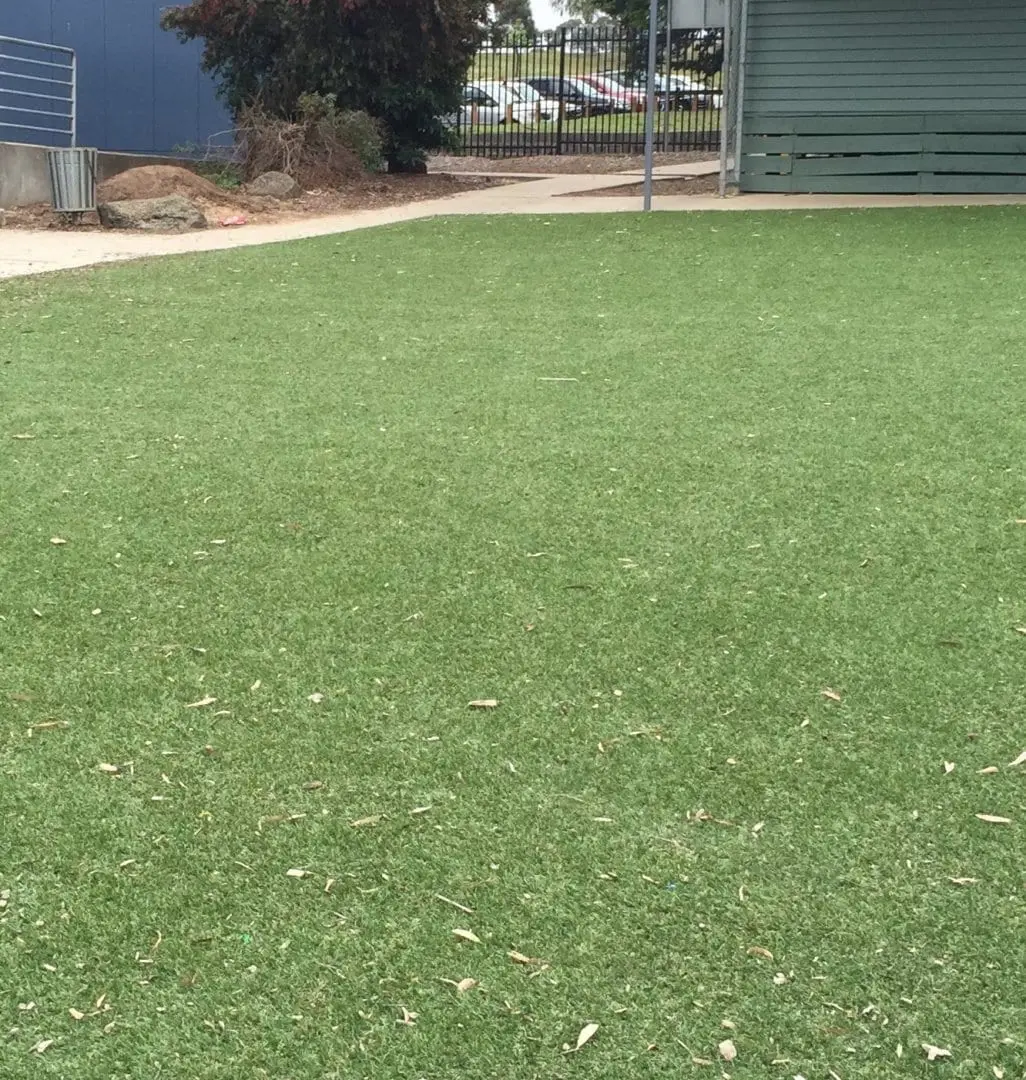
Artificial grass is known for its low maintenance, year-round vibrancy, and versatility across a wide range of Australian landscapes. But just like any outdoor surface, a bit of seasonal care goes a long way in preserving its performance and appearance—especially if you’re using it in high-traffic areas, schools, or sports facilities.
At TigerTurf, we’ve worked with hundreds of clients across Australia—from regional councils to suburban families—so we know how the changing seasons can impact your synthetic turf. Here’s our comprehensive guide to maintaining artificial grass through the seasons.
While artificial grass is designed to be durable and weather-resistant, different seasons introduce unique challenges. Whether it’s leaf build-up in autumn, UV exposure in summer, or muddy runoff in winter, regular upkeep keeps your surface safe, clean, and looking its best.
Let’s break it down by season.
Spring is a great time to give your lawn a proper once-over, especially after heavy rains or leaf accumulation from autumn and winter.
What to focus on:
For outdoor spaces in schools or playgrounds, this is also a good time to inspect high-wear areas and plan repairs if needed.
Australia’s summer heat can be intense—but quality synthetic turf like ours is built to handle it. However, keeping things cool and clean is still essential.
Maintenance tips:
Our TigerTurf range includes UV-stabilised yarns designed to withstand long periods of sun exposure without fading.
Autumn is the season of falling leaves and cooler winds. And while it’s beautiful, excess organic material can cause problems if left unmanaged.
How to stay ahead:
If your site is surrounded by trees, increasing cleaning frequency in autumn is a good idea.
Rain, mud, and fallen branches are common during Australian winters—especially in regions with high rainfall.
Winter care tips:
Well-installed artificial grass should handle winter well, but proactive upkeep makes all the difference.
To stay ready year-round, we recommend keeping the following on hand:
Artificial grass may not need mowing, watering, or fertilising—but it isn’t completely maintenance-free. A seasonal routine ensures your turf continues to look lush, perform safely, and last longer—whether you’re using it for sports, schools, homes, or pet spaces.
Need help maintaining your turf? Get in touch with the TigerTurf team for professional artificial grass maintenance and learn how we support long-term performance across sectors






